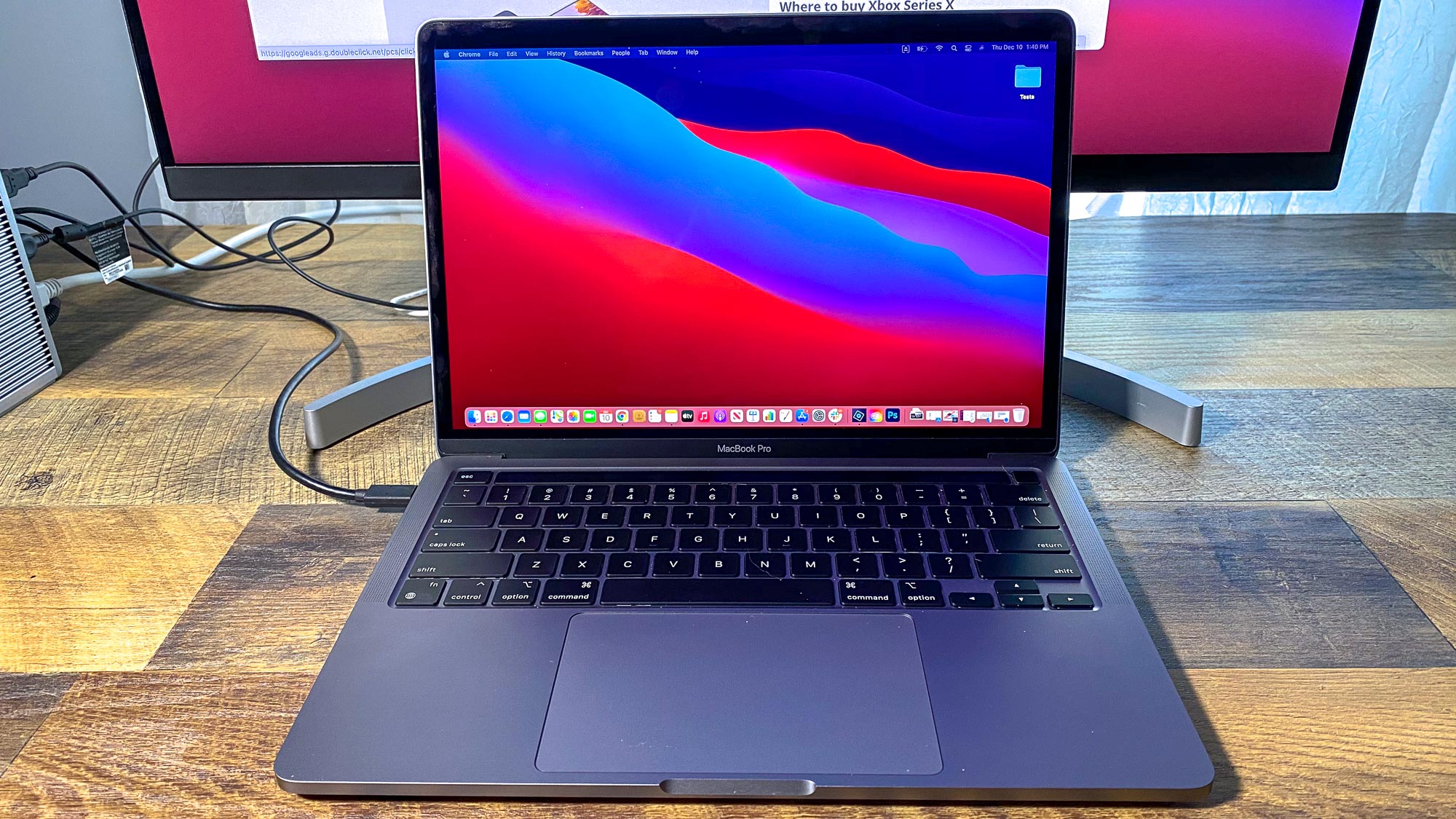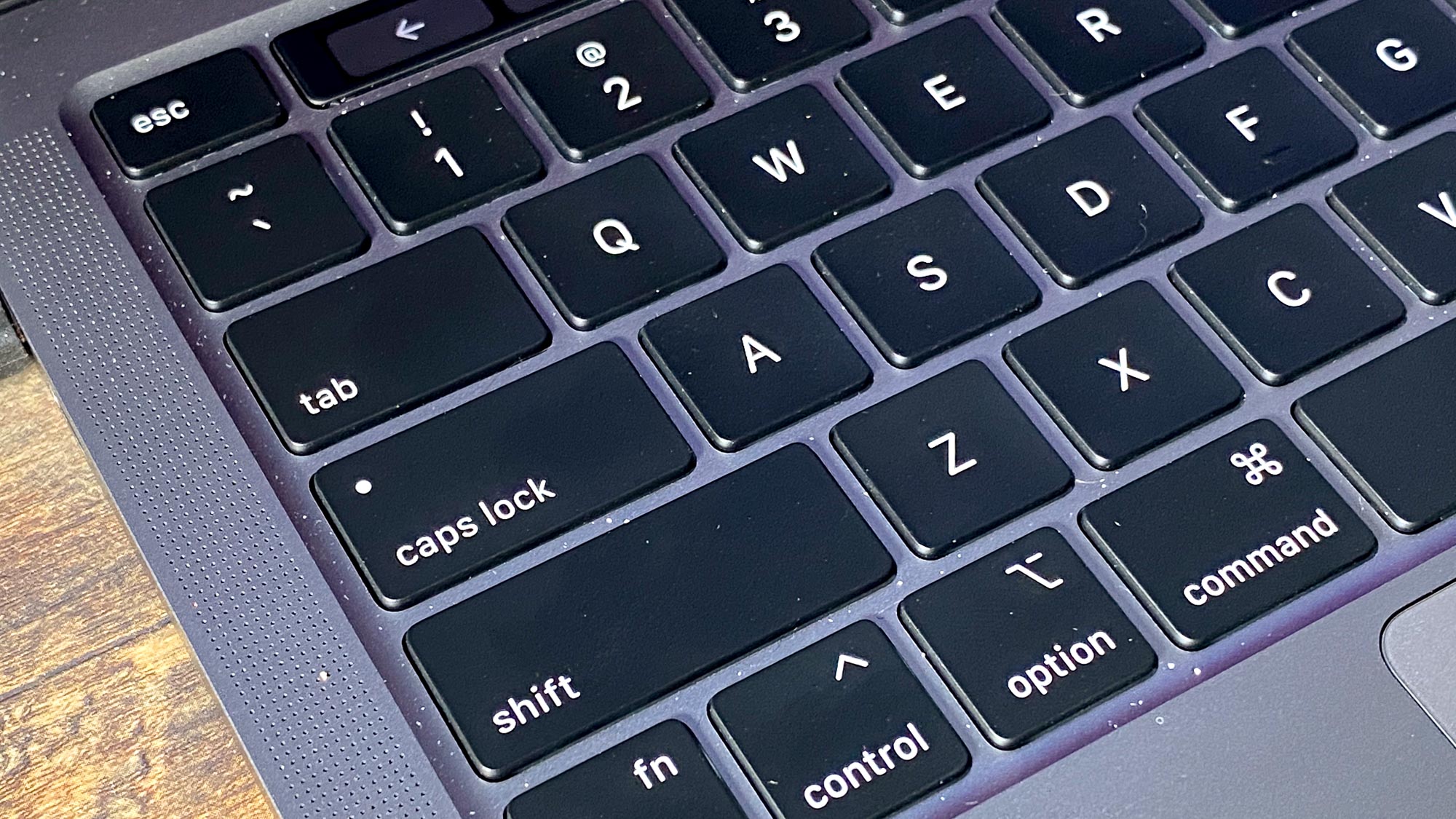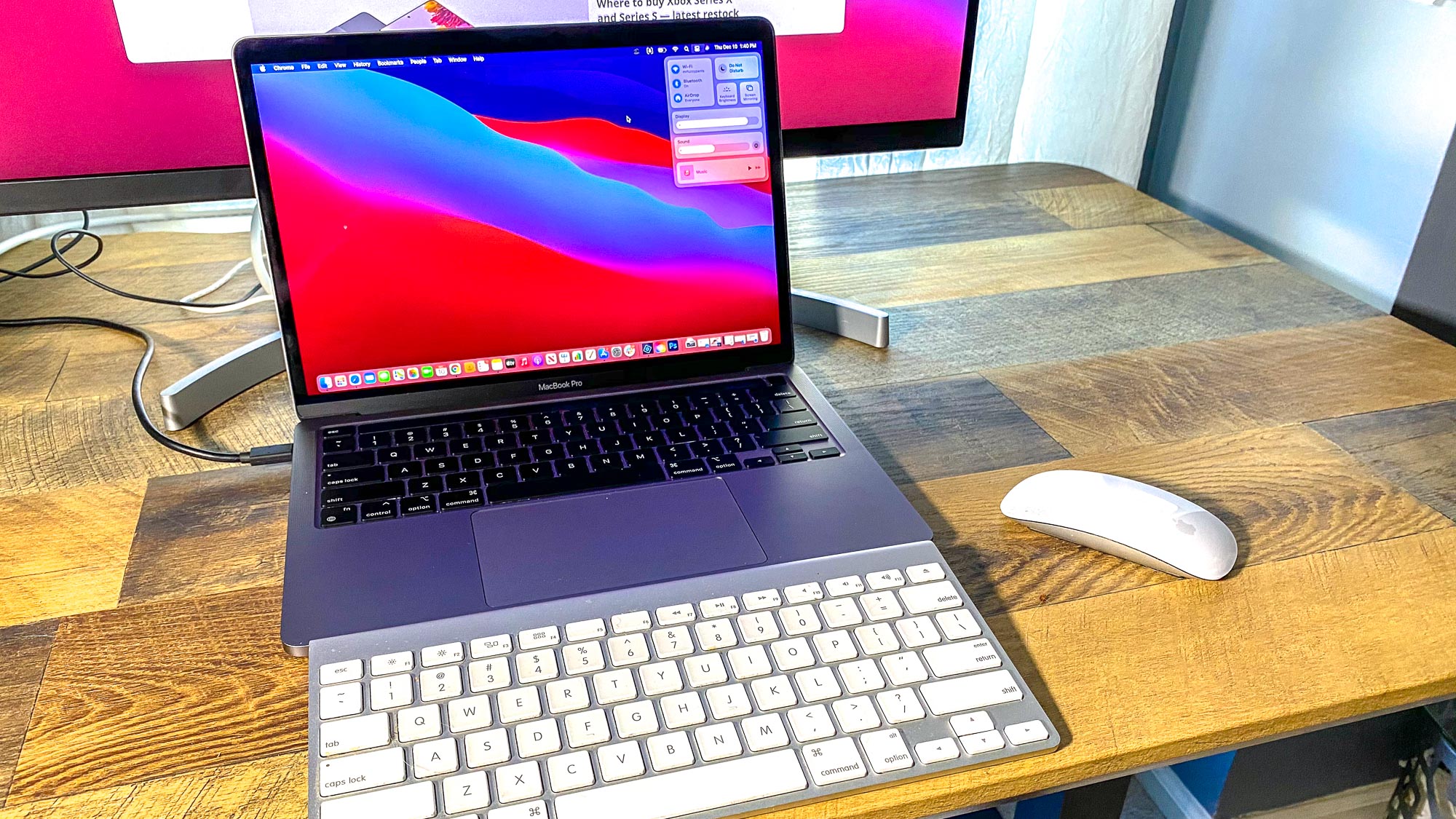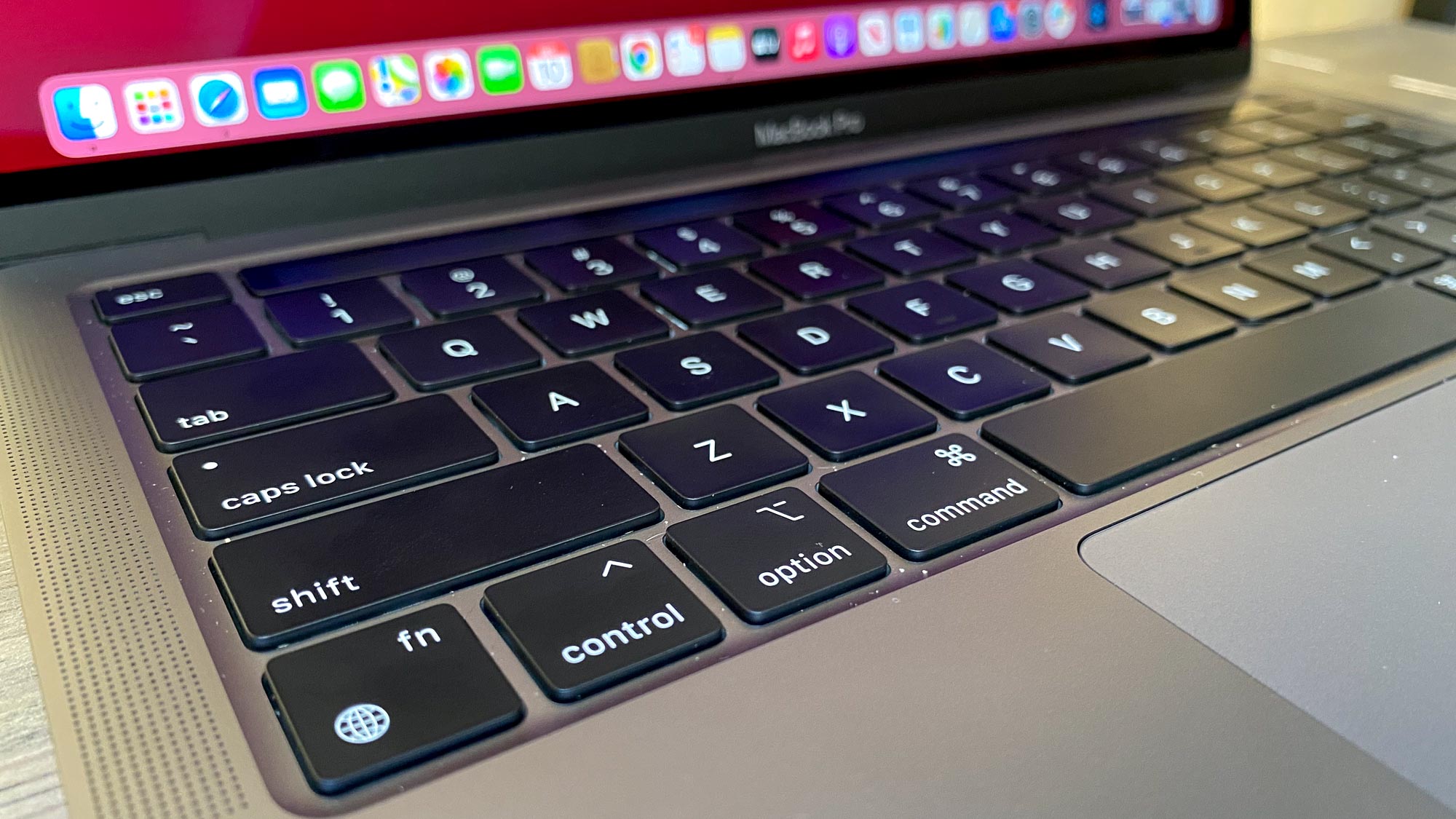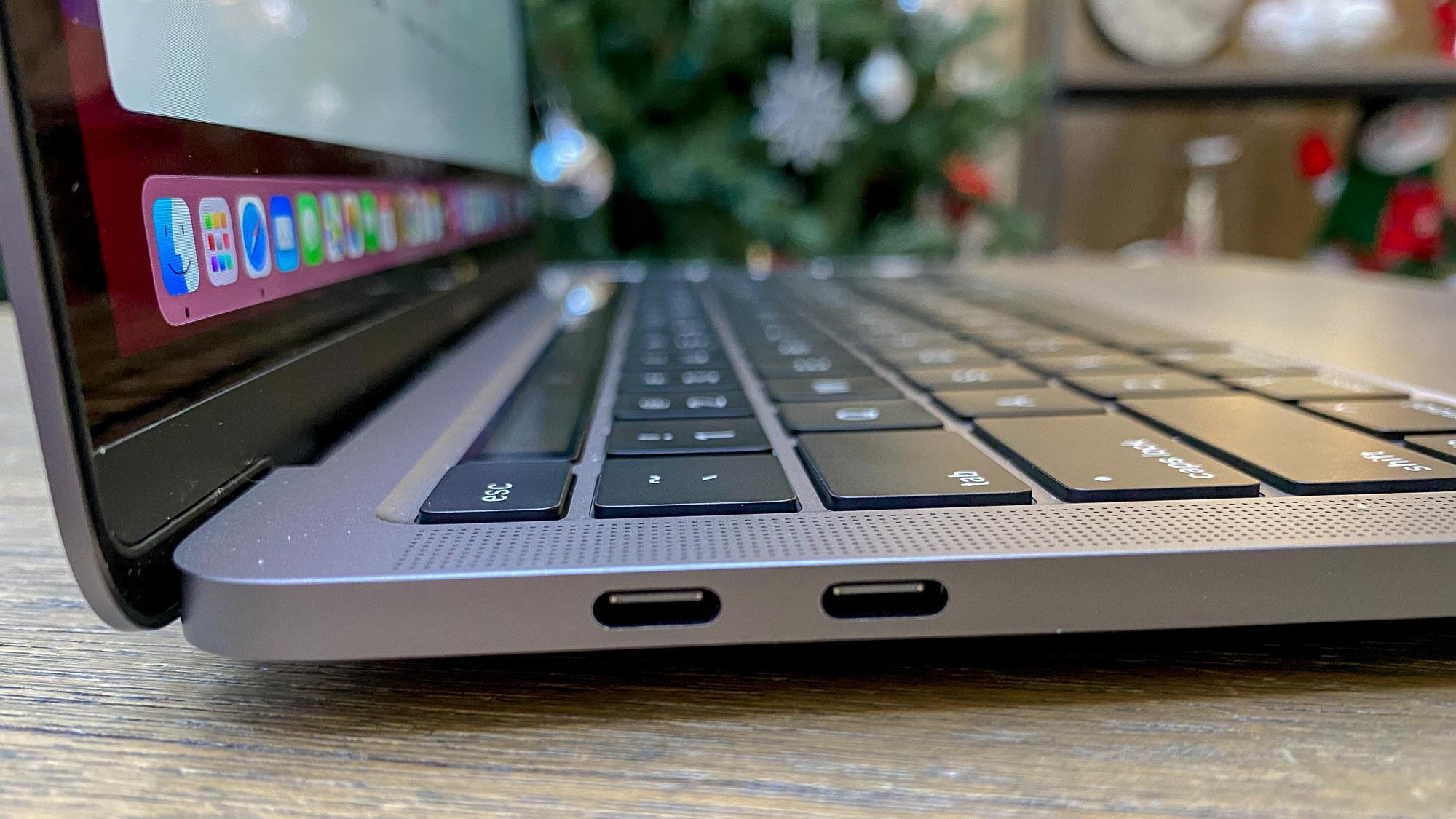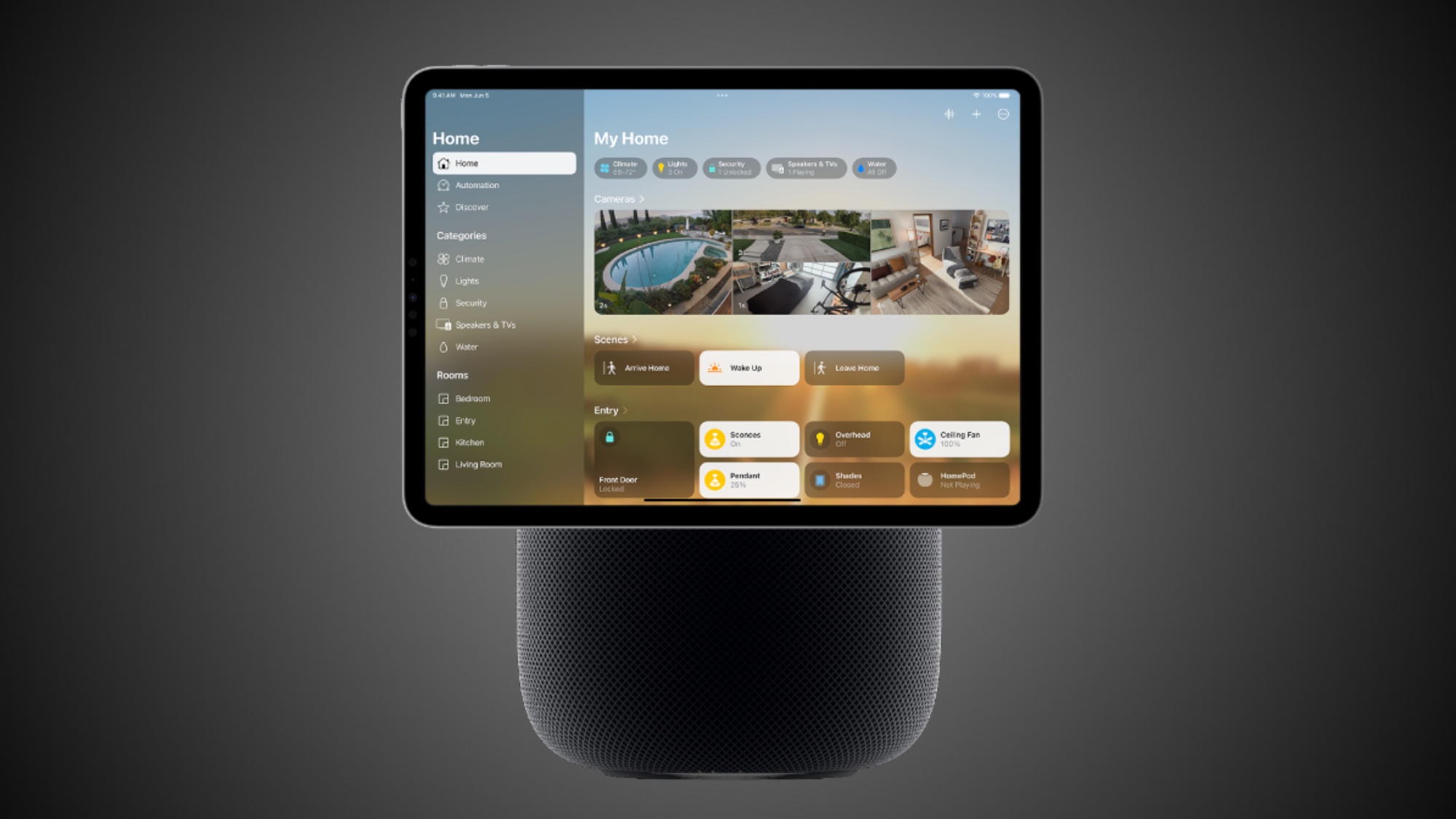MacBook Pro 2021 — why I’m finally upgrading after 8 years
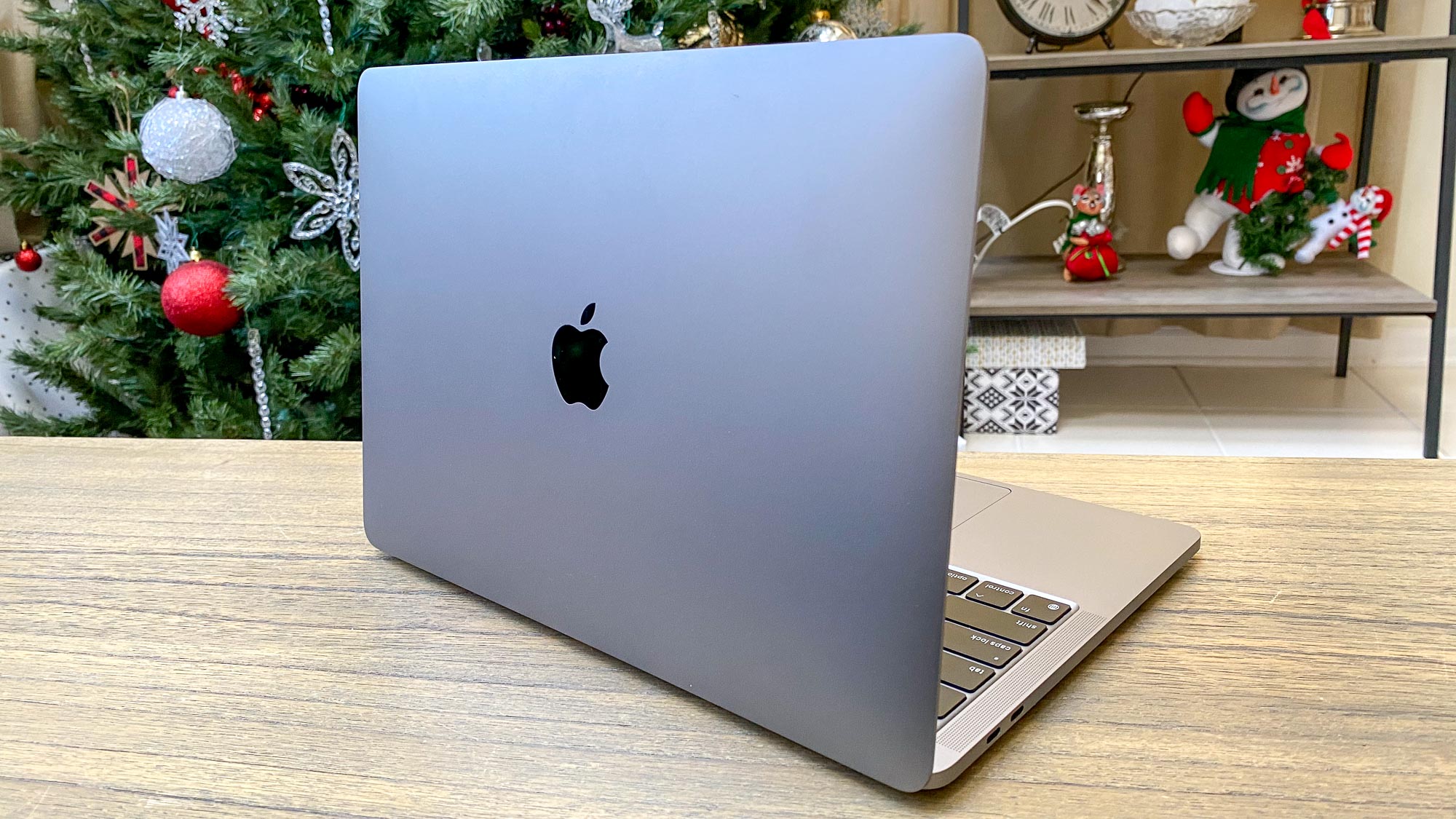
The MacBook Pro is priced to be a reliable, long-lasting investment, but using it for eight-plus years seems excessive. Yet, here I am holding onto my 2012 MacBook Pro, having snubbed years of hardware updates, resisting faster, thinner and lighter upgrades.
That's because Apple spent the better part of the last decade releasing new MacBooks that were packed with middling upgrades, ones that I saw as regressions.
So I waited. Thankfully, it appears that my wait was not in vain.
- MacBook Air vs Pro: What should you buy?
- Everything to know about the MacBook Pro 14-inch 2021
- The best MacBook Pro cases to protect your investment
A huge set of leaks about the 2021 MacBook Pro have changed everything for me. Yes, while I was ready to accept the MacBook Pro with the new Apple M1 chip, I'm now utterly giddy at the prospect of what Apple's going to release this year.
So, why was a revolutionary new processor not enough reason for me to upgrade? Well, it appears that previous MacBook Pro features that have shot down my upgrade enthusiasm appear to be on their way out.
Bye-bye 'Butterfly'
The 2012 MacBook Pro's keyboard was never broken, but Apple decided it needed to be fixed. In 2015, Apple rolled out a new super-thin 12-inch MacBook, which packed a new kind of key, one that was thinner than ever, with a "butterfly"-style switch mechanism.
Get instant access to breaking news, the hottest reviews, great deals and helpful tips.
When I'd got my hands on Butterfly-style MacBooks to review, I quickly learned that I loathed the keyboard's shallow key travel. The keys had such a short amount of movement that it felt as if my fingers were tapping on ice.
On top of that, there was mounting controversy over the mechanism’s reportedly-unreliable design. Tech journalist Casey Johnston was unlucky enough to deal with this issue first-hand and witnessed how tiny specs of dust could cause keys to fail. Because of this concern, I always pack a spare keyboard when on the road with my company-issued 2017 MacBook Pro.
By that point, I'd owned my MacBook Pro for seven-plus years, and I'd realized that its $2,208 price ($2,681 after AppleCare and tax) was worth it for a laptop with this much longevity. Essentially, the notebook had cost me $357 per year, and I wanted my next laptop to have similar reliability, without the aforementioned repairs that slowed me down a bit.
Through the years I kept telling myself "I can wait." Yet, I didn't think I was going to last this long. I kept thinking that I might be able to settle for one of the improved Butterfly switch keyboards, as Apple kept increasing its vertical travel.
Near the end of this stretch, thankfully, it seemed like Apple was starting to hear the clamor from its users who wanted it to clip the butterfly's wings. Patents began popping up, suggesting Apple was considering optical, light-based switches. Apple even announced repairs and refunds for failing MacBook keyboards, which gave me some hope.
So imagine my excitement when the traditional scissor-switch keyboard came back — dubbed the Magic Keyboard — in late 2019's 16-inch MacBook Pro. That Magic Keyboard made it to the Intel-based 2020 MacBook Air and 13-inch MacBook Pro. And when I used it, I was giddy, referring to the feeling of each keystroke as Mario, bouncing off Goombas. And that was enough to push me into making a purchase. And I'm glad I waited, because I may be getting even more treats.
MagSafe comes back to the Mac, and a last call at the Touch Bar
But the new-and-flawed keyboard wasn't the only MacBook "upgrade" that ruffled my feathers. From 2015 on, MacBooks used USB-C for charging. And while that doesn't sound like a problem on its own, USB-C was replacing the clever MagSafe charging that Apple's finally brought back with the iPhone 12.
MagSafe charging, first introduced in the 2006 MacBook Pro, was great. Its cables easily detached when tension was applied to the cable, so an accidental gesture or a child wouldn't bring your $2,000 machine crashing down with it. MagSafe wasn't perfect, as a class action lawsuit arrived, claiming Apple was negligent as these adapters were fire hazards.
And then last week, I got more exciting news about the 2021 MacBook Pro. Two of the most reliable names in Mac rumors — Bloomberg's Mark Gurman and analyst Ming-Chi Kuo — reported that the upcoming MacBook Pro was bringing back magnetic charging while also deleting its secondary screen.
And this past Friday, Gurman reported MagSafe is coming to the next MacBook Air as well, so you won't need to buy a pricier laptop to get that charging.
Neither Gurman nor Kuo provided details, but the latter noted "the MagSafe charging connector design is restored," which gives the impression that it will resemble the original. And this is a huge win for safety-minded MacBook owners, as it seems that Apple has probably found a way to bring magnetic charging back without it becoming a fire hazard. And while Dan Ackerman at CNET argued for the continued support of USB-C charging due to the convenience and universality it offers, I don’t think Apple would remove USB-C altogether. Like other laptop manufacturers, we could easily have both proprietary and USB-C charging included.
Also saying sayonara is the thin little Touch Bar screen that sits above all MacBook Pro keyboards. While Apple positioned this touch-sensitive strip of OLED display as a productivity-first upgrade — changing to match your application, allowing you to answer phone calls in a single touch, and giving you an emoji picker — it apparently didn't catch on with larger audiences.
I've always found the Touch Bar annoying due to accidental actuation. Because it only required a tap, it was too easy for an errant miss of a keystroke to be misconstrued as an input. Physically clicking buttons, I'd argue, is more fool-proof.
More ports too?!
As the MacBook opted for a thinner design, it appeared some ports were too chunky to stay behind. USB-C didn't just kill MagSafe: the MacBook Pro (and Air too) dropped USB-A ports, HDMI-out and the SD card reader too. Gurman's report about the MacBook Air getting MagSafe also specified that the SD card reader is coming back to the next MacBook Pro, which is music to the ears of DSLR camera owners.
In the years since, the need to use an adapter to get those ports back became something of a running joke, with users referring to the #DongleLife. The tech podcast Upgrade even started selling shirts, totes and beach towels with the Dongletown branding on it, with tons of USB-C easter eggs.
But if you're like me, and don't like the prospect of always needing a USB-C hub to add missing ports, I've got good news. Kuo's note also revealed that Apple was going to add more ports to these new MacBook Pros. Specifically, that these laptops would be "equipped with more types of I/O, and most users may not need to purchase additional dongles."
I use the Kingston Nucleum USB-C adapter when needing to connect additional devices. But it still feels like a compromise when my aging MacBook Pro has USB-A and HDMI ports, plus an SD memory reader. I'm more than willing to retire my USB-C hub if Apple lets me. I never chose the #DongleLife, it chose me — and I hope we can bury it next to the butterfly keyboard.
The return of the best MacBook Pro
A restored keyboard, MagSafe charging, and better I/O could restore the MacBook Pro to its original glory. Sure, Apple's aversion to touch screens is still a sore subject for fans of 2-in-1 laptops, but fixing the mistakes of the past six years could go a long way. Plus, macOS Big Sur really looks like it's designed for touch, so never say never.
Not only would this rumored 2021 MacBook Pro have the power of Apple silicon, but you'd have some, if not all, of the facets that made the 2012 to 2015 MacBook Pro one of the best Apple ever made. Given the reliability of Kuo and Gurman, I now expect such a MacBook Pro to be released this fall, when Apple typically rolls out new devices.
Our sister site Laptop Mag published a story in 2017 entitled "Apple's Best MacBook Is Over 2 Years Old", and if all of these rumors come true, combined with the power of Apple Silicon, it would be time to write a new story: "Apple just revived the greatest MacBook ever."
And I'll be honest, I need this new MacBook Pro. While Apple touted my 2012 MacBook Pro as "most advanced Mac ever built," it's showing its age, taking a while to boot up or even wake. And I'm not surprised: it's running an eight-year-old third-generation Intel Core processor, which is ancient in tech.
I just hope it lasts until the fall.

Henry was a managing editor at Tom’s Guide covering streaming media, laptops and all things Apple, reviewing devices and services for the past seven years. Prior to joining Tom's Guide, he reviewed software and hardware for TechRadar Pro, and interviewed artists for Patek Philippe International Magazine. He's also covered the wild world of professional wrestling for Cageside Seats, interviewing athletes and other industry veterans.
